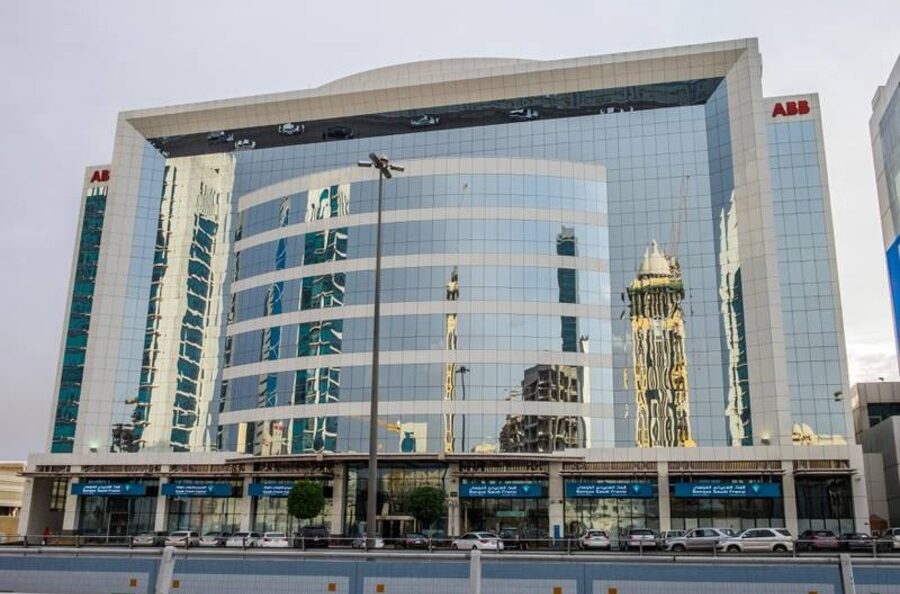Profitability for the top 10 Saudi banks showed a moderate improvement as growth in aggregate net profit was 2.7 percent from Q1’22 resulting in an increase of 41 bps in return on equity (RoE), according to a new report released by global professional services firm Alvarez & Marsal (A&M).
The report, Saudi Arabia Banking Pulse for Q2 2022, suggests that Life & Annuity (L&A) and deposit growth slowed while NIM expansion and improvement in cost efficiencies continued.
L&A of the major Saudi banks increased by 4.2 percent quarter-on-quarter (QoQ) while deposits grew by 3.2 percent QoQ in Q2’22. NIM expanded to 3 percent and the yield on credit increased to 5.3 percent due to a rise in benchmark rates.
The return on assets (RoA) declined 3 bps QoQ due to an increase in total assets relatively higher than the net profit. Asset quality deteriorated slightly as the non-performing loans (NPL) / net loan ratio increased from 1.5 percent in Q1’22 to 1.6 percent in Q2’22.
A&M’s Saudi Banking Pulse examines data of the 10 largest listed banks in the Kingdom, comparing the Q2’22 results against Q1’22 results. Using independently sourced published market data and 16 different metrics, the report assesses banks’ key performance areas, including size, liquidity, income, operating efficiency, risk, profitability, and capital.
The country’s 10 largest listed banks analyzed in A&M’s Saudi Banking Pulse are Saudi National Bank (SNB), Al Rajhi Bank, Riyad Bank (RIBL), Saudi British Bank (SABB), Banque Saudi Fransi (BSF), Arab National Bank (ANB), Alinma Bank, Bank Albilad (BALB), Saudi Investment Bank (SIB) and Bank Aljazira (BJAZ).
Mr. Asad Ahmed, Managing Director and Head of Middle East financial services at A&M commented: “The rising oil output supported by the high crude price along with the benchmark interest rate increase indicates a positive outlook for Saudi’s banking sector. Strong growth is expected in FY 2022 for the Saudi Arabian economy and this expectation stems from the International Monetary Fund (IMF) forecasting GDP growth of 7.6 percent in 2022 and 3.7 percent in 2023, as global demand for oil and improvement in non-oil activities recovers. Additionally, we expect the Saudi Central Bank (SAMA) to continue matching the US Federal Reserve rate hike policies which will assist banking sector profitability.”
Prevailing trends
1- L&A and deposits grew at a slower pace for Q2’22 as compared to the previous quarter. Aggregate L&A increased by 4.2 percent QoQ in Q2’22, while the aggregate deposits for the top 10 banks grew by 3.2 percent QoQ. Consequently, the industry-wide loan-to-deposit ratio (LDR) increased from 1.0 percent QoQ to 93.6 percent.
2- Operating income witnessed an uptick primarily due to growth in total interest income. Total operating income increased marginally by 3.8 percent QoQ in Q2’22, relatively slower as compared to 5.8 percent QoQ in Q1’22. Aggregate non-interest income (NII), the primary growth driver of operating income, increased substantially by 16.2 percent QoQ. Operating income was largely offset by an increase in the total interest expense of +75.5 percent QoQ due to the rise in Saudi Arabian Interbank Offered Rate (SAIBOR) by 84 bps QoQ.
3- NIM expanded with the benchmark rate increase across the board. Aggregate NIM expanded for seven out of the top 10 banks in KSA as aggregate net interest income grew by 8.7 percent for the quarter. Further, the yield on credit increased by 0.5 percent to 5.3 percent due to the hike in benchmark rates for Q2’22. The cost of funds increased by 29 bps to 0.7 percent in Q2’22 as SAIBOR rose.
4- Overall operating efficiency improved as banks continued branch rationalization and increased digitalization. Cost-to-income (C/I) ratio improved by 28 bps QoQ to reach 32.8 percent. The cost efficiency stemmed from growth in operating income of +3.8 percent QoQ outpacing growth in operating expense of +2.9 percent QoQ.
5- Cost of risk (CoR) increased marginally by 7 bps QoQ to settle at 0.5 percent in Q2’22 as banks reported higher impairment charges. Total allowance for impairments increased by 21.3 percent QoQ in Q2’22 to SAR 2.7bn. Six of the top 10 banks reported CoR deterioration, whereas SABB reported an increase of 127.3 percent QoQ in impairment charges.
6- The aggregate net profit of the Saudi banks grew +2.7 percent QoQ in Q2’22, much slower than the previous quarter. Aggregate RoE improved by 0.4 percent QoQ to 13.5 percent, primarily due to higher total interest income growth. The +2.7 percent QoQ of aggregate net profit was largely offset by funding expense of +75.5 percent QoQ and increased impairment charges of +21.3 percent QoQ. However, RoA across the top 10 Saudi banks shrunk by 3 bps QoQ to 1.9 percent in Q2’22 as the growth in total assets was relatively higher than the net profit.




